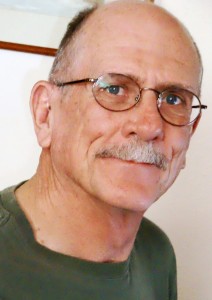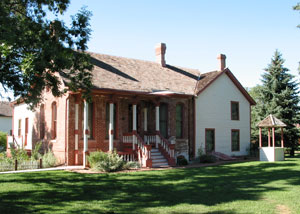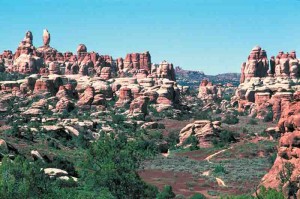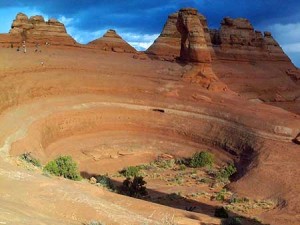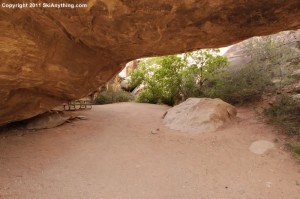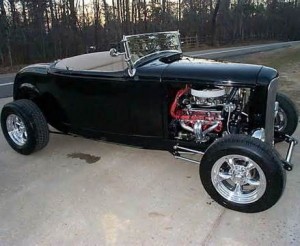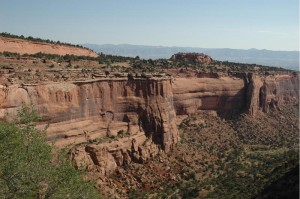A Book Review
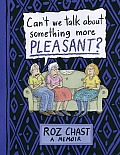 This week is a book review. Roz Chast, a cartoonist for The New Yorker, has come up with a graphic memoir. I enjoy her cartoons, all quirky, EMOTIONAL, and full of insight about people. Her new book is about her parent’s last years and death, a big subject for me. Carol, her sister Judi, and I did a blog about caregiving for elderly parents. The elderly parents are dead, as is our active blogging, but the website is still up. www.desperatecaregivers.com
This week is a book review. Roz Chast, a cartoonist for The New Yorker, has come up with a graphic memoir. I enjoy her cartoons, all quirky, EMOTIONAL, and full of insight about people. Her new book is about her parent’s last years and death, a big subject for me. Carol, her sister Judi, and I did a blog about caregiving for elderly parents. The elderly parents are dead, as is our active blogging, but the website is still up. www.desperatecaregivers.com
So when “Can’t we talk about something more Pleasant” came out, I bought it. I think I am fairly typical for persons my age-I’m not a reader of graphic novels. I have read some graphic stories, but this was my first full-length graphic anything. Ms. Chast is a master at communicating feelings with her work and caregiving for dying parents is full of feelings. Often children of parents who are at the end of life don’t really like their parent, and all sorts of feelings come up. Guilt, shame, resentment, anger, sadness, fear, anxiety, and a sense of futility are some of the feelings. The book evokes them all.
I am having trouble writing this review because the book brings all these feelings up in me, making it hard to get any flow in my writing. I have been working on this review for three days and have 230 words written. When we did the caregiving blog this happened to me. Writing about subjects other than caregiving is easy.
Roz Chast does so well communicating her feelings as well as her parent’s feelings that I feel like I know them personally. I appreciate her ability to express her reactions to her parent’s denial and show the dynamic with her parents that shaped her life and the way she dealt with their declines and deaths. Her memoir must have been more painful to write as it was to read.
I tend not to read or write about books that I found painful to read. This one is an exception. I recommend it to anyone who has aging parents or is a parent. Roz Chast deals with a difficult issue in a creative and intensely personal way.
